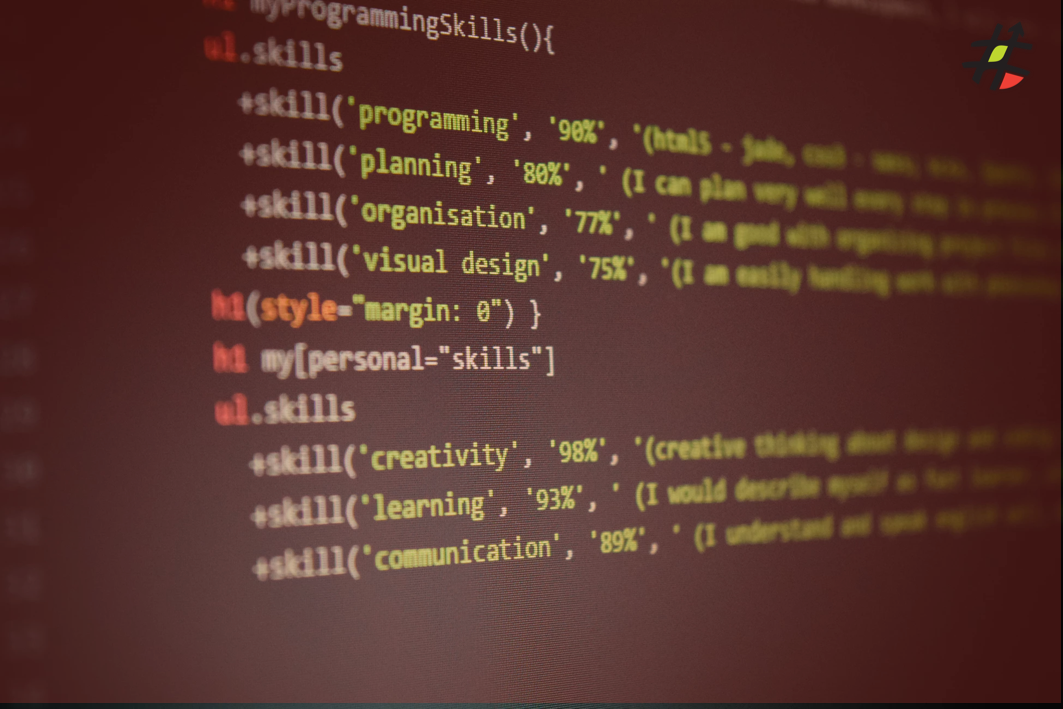
Did you hear about the Japanese Minister of Cyber Security who doesn’t know how to use a computer or anything about Cyber Security? That’s a massive skills gap, despite the assertion by Yoshitaka Sakurada that he has skilled bureaucrats backing him up. The Minister suggests that his biggest job is to read out written replies without making any mistakes. Now whatever your opinion on whether a Minister needs to understand the portfolio he is in charge off, skills gaps are an issue that confronts all organisations.
What is a Skill Gap?
In an organisational context, a skill gap is a significant difference between the skills needed for the current or future operational activities of the organisation and the capabilities of their workforce. For example, if the company needs employees who can use computers, but most its workforce have no IT knowledge, there is a skill gap.
Skill gaps can be detrimental to the organisation, if not addressed. As often, the gap means that the company loses ground on their competition or is pushed into a niche market, as its market share shrinks or disappears entirely. In the worst case, the business becomes defunct as it is unable to keep up with modern economics.
How to avoid becoming a victim of a skill gap?
Before you can address a skill gap, you need to know that you have one. But for that you need context. So, Step 1 is to know what direction you want to go as an organisation. What are your organisation’s goals? What do you need to do to survive for the next 2, 5,10, 20 years?
Jeff Bezos recently commented that “One day, Amazon will fail”, noting that typically companies last about 30 or so years and that their job as employees of Amazon was to delay the end of Amazon as long as possible. So, Step 1, is asking yourself what you need to do to survive. Once you have identified that, you can go on to step 2: undertaking a skill gap analysis.
A skill gap analysis will,
- analyse the organization to get a big picture of what capabilities are present and what needs to be acquired
- Analyse the existing skillsets and identifies employees who can learn newly needed skills that are needed new skills. Otherwise, recommend skillsets for new hires.
- Finally, a skill gap analysis will allow an organisation to plan for training, hiring or a mix of both
Knowing is half the battle, and a skill gap analysis like the type offered by SkillsGAP Analysis for procurement will tell you what you have and what you don’t have. Now that you know what capabilities you lack, you can plan on how to acquire them.
Skills needed – skills possessed = skills gap
So Step 1 is identifying your company’s objectives, its needs and wants for survival for the next X years.
Step 2 is undertaking a skill gap analysis to identify what skills your workforce already has and identify employees who can gain the skills needed through training
Step 3 is articulating the skills gap with the simple formula Skills needed – skills possessed = skills gap, but now comes the most important step!
Step 4 is to close the gap, and for that, you need to carefully budget and plan. Gaps can be closed through acquisition of new skills, new people, new businesses or by building of new skills and investment into knowledge. For procurement, you have organisations like Vertical Talent for specialist recruiting to fill the gap; or the Academy of Procurement who can offer tailored training, e-Learning, coaching, webinars and so forth, for those who would like to acquire new knowledge and skills. They can be a crucial way to close the gap and go on being successful far into the future!




